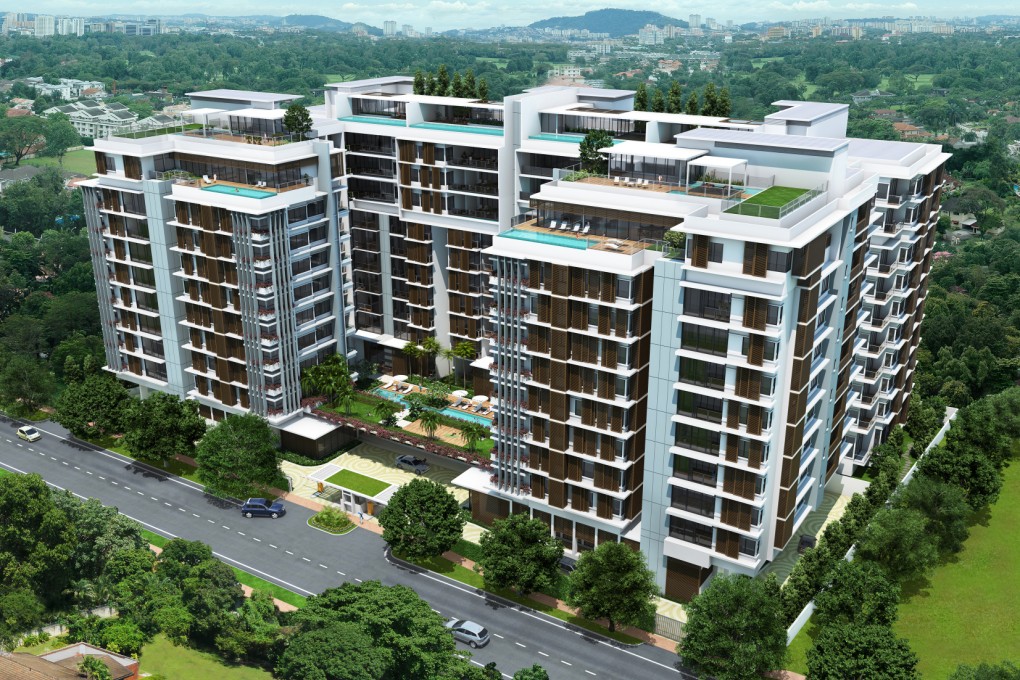Wealth Blog | Nitty gritty of Malaysia property investment

“Why are the Chinese buying KL properties?” The headline on the flyer caught my attention. Now that mainland Chinese buyers are running out of easy property investment option closer to home, it makes sense that they would start looking seriously at Malaysia as a place to park their spare cash. Unlike most of the rest of Southeast Asia, the Kuala Lumpur residential market has remained fairly flat for the last several years. It could continue like this, or course, but it is also, like Tokyo, far from the top of a cycle.
What can you get?
So what can you buy? Kuala Lumpur estate agent Lim Eng Siang explains there are landed properties – gated and non-gated. Gated estates are increasingly popular for security purposes, he says.
Expect a choice of bungalows, semi-detached houses and terraced houses. Glancing at an ad for upscale new terraced houses in Putrajaya, the 2,000 square foot four bed, three bath, three metre ceilinged houses sit on up to 3,000 sq foot of garden, with two car ports and lots of playgrounds and family-friendly facilities. Prices range from MR680,888. It’s 20km from central KL on the expressway. There seem to be many such attractive developments this sort of distance from town.
Then, Lim says, there are apartments and condominiums. The market at the moment is “pretty buoyant and active at the moment,” he says - “for the Malaysian market.”
So where are the good areas to buy for investment? “Near an LRT station or a future MRT station,” Lim advises. You could look at Mont Kiara, Bangsar, Brickfields, KLCC, Petaling Jaya and Damansara in the Klang Valley, he suggests.
Rents, prices and yields
